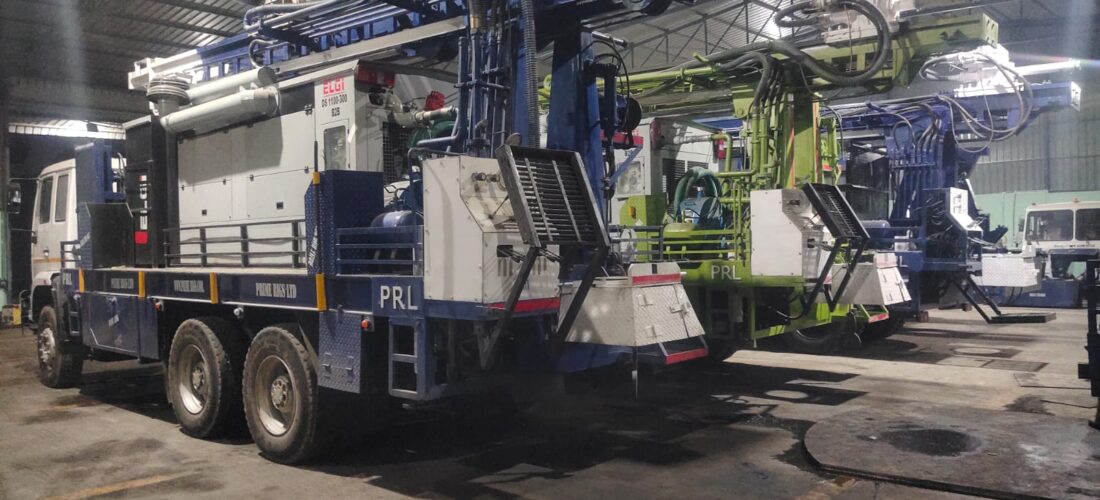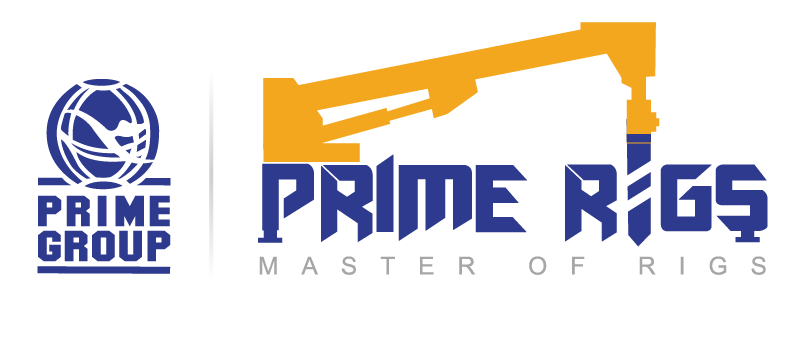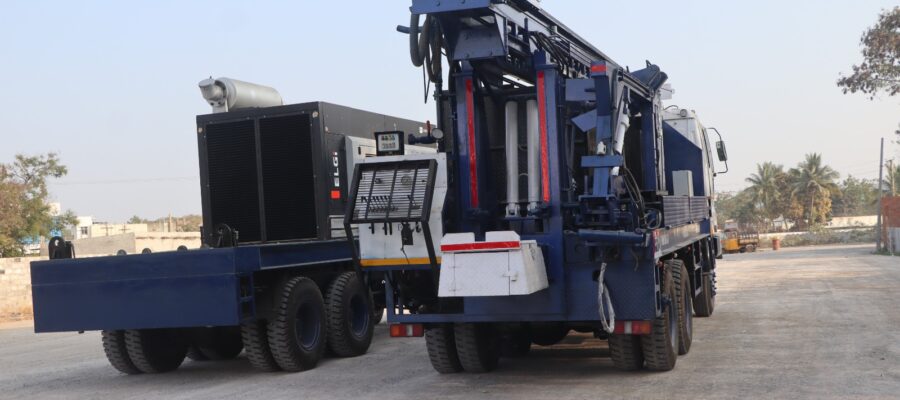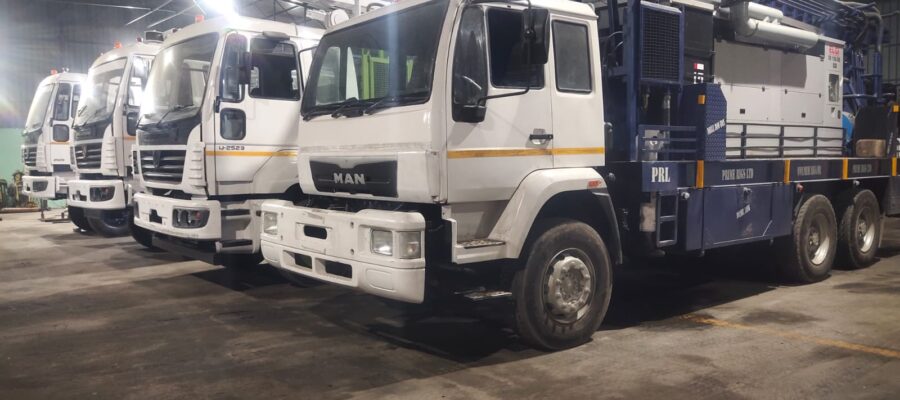
Water wells provide a critical source of water for many homes as well as businesses, especially in rural areas not served by municipal water systems. The process of drilling a water well along with installing the necessary infrastructure requires specialized equipment, most notably air compressors. This article will explore the processes of water well drilling rig as well as the role that air compressors play.
Water Well Drilling Rig Process
Drilling a water well is a multi-step process that typically involves the following:
- Site Assessment: The first step is assessing the drilling site to determine the optimal location, depth, as well as design of the well. Factors like underground geology, proximity to potential sources of contamination, as well as water table depth are evaluated.
- Mobilizing Equipment: Drill rigs weighing several tons must be transported to the site. These rigs have a tall mast as well as drilling apparatus mounted on a truck bed or tracks. Support equipment like air compressors are also mobilized.
- Drilling the Borehole: Using drilling tools powered by the rig, a borehole is drilled straight down into the ground. In harder rock formations, diamond-tipped drill bits are used. Softer formations are drilled with augers or roller cone bits.
- Installing Casing: Steel or plastic well casing is installed in the borehole as it is drilled to prevent collapse as well as protect groundwater from surface contamination. Multiple casing strings may be used to isolate different water-bearing zones.
- Developing the Well: After casing is set, the well is developed to clear out drilling debris as well as improve water flow. Methods include surging, bailing, jetting, or pumping. Development continues until water runs clean.
The Role of Air Compressors
Air compressors play a critical supporting role in water well drilling rig. They are used to power several aspects of the drilling process, including:
- Rotating drill bits: Compressed air turns the drill stem as well as bit, grinding through rock along with sediment. Larger two-stage compressors with 200-500 cubic feet per minute output are commonly used.
- Operating down-hole hammers: When drilling hard rock, pneumatic down-hole hammers fracture the formation. High-volume air delivery is needed to operate these impact tools.
- Surging and jetting: During well development, compressed air surges or jets water in as well as out of the borehole to scour out cuttings. This requires temporary high-volume air delivery.
- Operating pneumatic tools: Impact wrenches, along with rock drills, as well as other pneumatic tools used on-site require a reliable air supply from mobile compressors mounted on the drill rig.
- Powering ancillary equipment: Items like pneumatic grease guns, along with sandblasters, as well as sprayers found on drill sites also rely on compressed air from on-site compressors.
Proper compressor sizing as well as maintenance are important considerations. Undersized compressors can stall out drill bits or cause loss of tool control downhole. Poorly maintained compressors waste energy along with air volume.
Conclusion
Reliable sources of water are essential, making water well drilling machine a valuable service. The process requires specialized heavy equipment like drill rigs as well as supporting systems like air compressors. Proper equipment selection along with maintenance help drilling contractors efficiently as well as safely access underground water resources that communities depend on. With advanced techniques along with support equipment, professional well drillers can develop high-quality water wells in a wide variety of geological conditions.
Recent Post
- Frequent Used: Heavy Construction Equipment and Instruments
- What Type of Water Drilling Should You Choose?
- How To Choose The Perfect Drilling Rig To Buy?
- Tips For Selecting the Right Drilling Rig According to Your Need
- Water Well Drilling: Numerous Advantages
- How To Find Affordable And Reliable Water Well Drilling Rigs For Sale?
- Everything You Need to Know About Water Construction Rigs
- Water Drilling Rigs: Know The Different Types
- Refurbished Borehole Drilling Machine: Is It Worth The Purchase?
- Safety for the Construction Industry: Why Does it Matter?
- Milling Or Drilling: Which Is The Right Process To Choose?
- Choosing A Construction Truck Rigs Supplier Keeping Perfection In Mind
- Factors That Can Help You Select The Best Water Well Drilling Rig
- What Makes Drilling Rigs Different From Milling Rigs?
- Water Well Drilling Rig: All You Need to Know About It
- Do’s and Don’ts of Choosing the Right Rigs
- Underground Drilling Rigs: Features That Make Them Unique And Most Recommended
- What are construction drilling rigs? Why do companies need them?
- How do drilling companies help you with core drilling exploration?
- Key Features and Benefits of Drilling Machines in the Construction Industry
- Exploring the Advantages of Portable Borewell Drilling Technology
- How to Choose the Right Drilling Rig for Your Needs
- Reasons to Invest in Absolute Guide for Rotary Drilling
- Selecting the Ideal Drilling Rig: Ensuring Safety, Efficiency and Cost-Effectiveness





